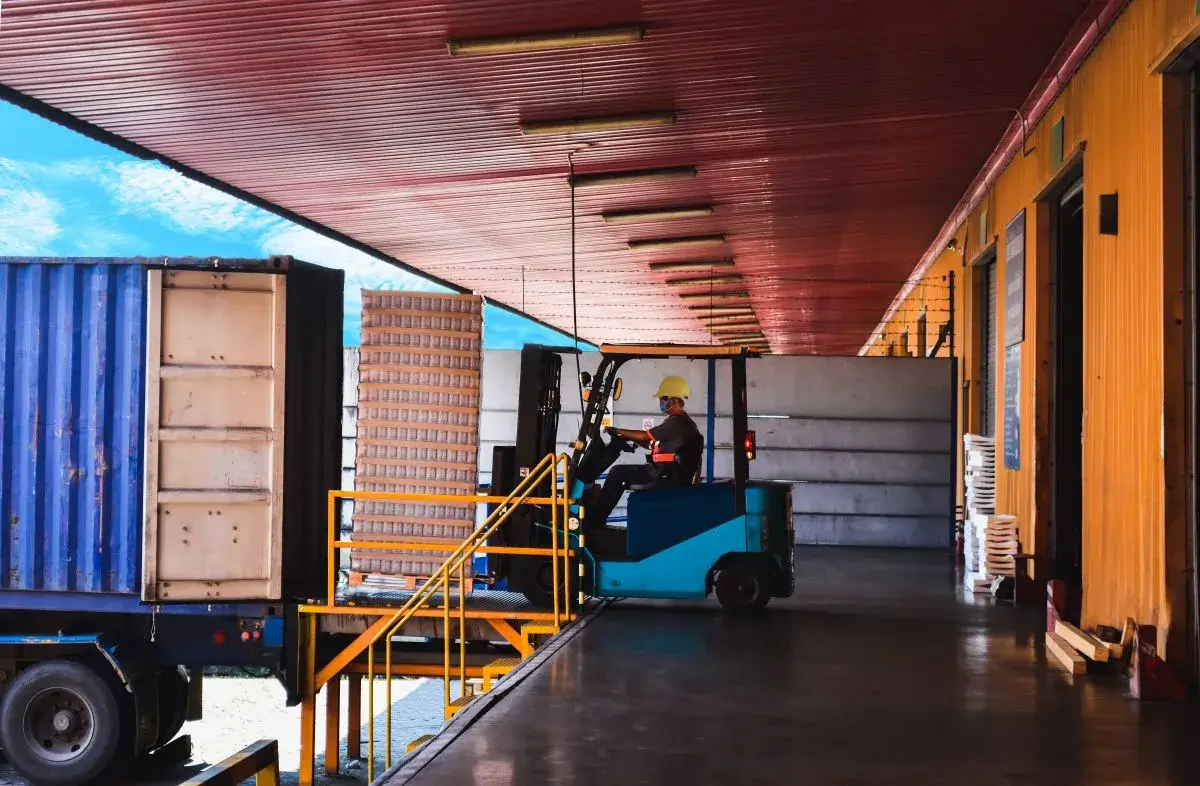Manufacturing activity across Europe showed mixed signs of stabilisation in July, as new PMI data revealed diverging trends between countries and sectors. While some economies edged closer to recovery, others continued to struggle with weak demand, shrinking exports, and cost pressures. The figures from S&P Global and Hamburg Commercial Bank offer a snapshot of conditions across the eurozone and major national markets including Germany, the UK, Poland, France and Italy.
Within the eurozone, overall economic activity expanded at its fastest pace in nearly a year. The Composite PMI rose to 51.0, up from 50.6 in June, driven largely by improvements in the services sector.
The services PMI reached a six-month high of 51.2, while the manufacturing index edged up to 49.8; the highest in three years but still below the 50.0 threshold, signalling continued contraction. Output rose slightly, but new orders declined again, highlighting weak demand.
New business across the private sector stabilised for the first time in over a year. Employment rose for a fifth month, supported by services, while manufacturing jobs continued to fall; albeit at the slowest pace since mid-2023. Smaller economies led job creation, while Germany and France recorded further declines.
Cost pressures eased, with input price inflation slowing to a nine-month low. Manufacturers reported flat input costs, and selling prices across the economy rose modestly. Supplier delivery times lengthened again, suggesting persistent—though moderate—supply chain issues.
Ireland, Spain, the Netherlands and Greece all posted Manufacturing PMIs above 50, while Germany (49.1), Italy (49.8), Austria (48.2) and France (48.2) remained in contraction. Business confidence slipped slightly but stayed above long-term averages in several countries.
| Country | July PMI | Change vs June | Trend |
| Eurozone | 49.8 | up from 49.5 | Contracting |
| Germany | 49.1 | up from 49.0 | Contracting |
| France | 48.2 | unchanged | Contracting |
| Italy | 49.8 | up from 48.4 | Near stabilisation |
| Spain | 51.9 | up | Expanding |
| Ireland | 53.2 | up | Expanding |
| Poland | 45.9 | up from 44.8 | Contracting |
| UK | 48 | up from 47.7 | Contracting |
German manufacturing shows signs of life, but recovery remains tentative
Germany’s PMI rose to 49.1, a 35-month high, though still signalling contraction. Output expanded for a fifth month, but momentum slowed amid softer demand. Export growth also weakened following a spring rebound led by the United States.
Input purchases increased for the second consecutive month, while inventories of finished goods continued to shrink. Input costs fell for the fourth month, and factory gate prices dropped at the sharpest rate since February, reflecting ongoing competitive pressures.
Employment declined again, though at a slower pace, and sentiment remained mildly positive. Still, falling inventories and weaker consumer demand suggest manufacturers have yet to enter sustained recovery mode.
Find out more about the topic: Awakening of the giant: Is German transport back in the game?
UK manufacturing contraction slows, but job losses deepen amid weak demand
The UK’s manufacturing PMI rose to 48.0 in July, the highest since January, though still below the neutral mark. Output contracted again, but the rate of decline eased. Modest gains in consumer and intermediate goods were offset by a steeper fall in investment goods production.
New orders declined for the tenth month, with domestic clients holding back amid uncertainty over economic policy—including recent changes to the National Minimum Wage and employer National Insurance Contributions. Export demand also fell, held back by post-Brexit red tape and increased global competition.
Employment dropped for the ninth consecutive month, with the recent pace of job losses among the sharpest since 2020. Business confidence improved to a five-month high but remained below the long-term average.
Polish factories weighed down by export slump and weak demand from Germany
Poland’s PMI rose to 45.9, up from 44.8, but remained well below the eurozone average. New and export orders both fell sharply, with demand from Germany—a key trading partner—frequently cited as a source of weakness.
Production declined for a third straight month, and employment continued to fall, although at a slower rate. Purchasing activity was cut at the fastest pace since October 2023, despite falling inventories, underscoring low confidence in future demand.
While optimism ticked up slightly—30% of firms expected output to rise, up from 24% in June—expectations remained subdued due to persistent concerns over tariffs, raw material supply and Asian competition.
In case you missed it: Europe’s truck market stalls, but electric shift holds pace
French factories hit by sharpest drop in new orders this year
France’s PMI held steady at 48.2 in July. New orders fell at the fastest rate since January, and export demand dropped to its lowest level of the year. Firms cut purchasing activity and drew down inventories, while post-production stock levels rose for the first time since October 2023—often a sign of unsold goods.
Employment increased marginally for a third month, but business confidence fell to its lowest level since February.
Italy nears stabilisation as PMI climbs to 11-month high
Italy’s manufacturing PMI rose to 49.8, the highest since August 2024. Output and new orders declined only slightly, with improvements seen in the investment goods segment. For the first time in nearly three years, manufacturers began rebuilding raw material inventories, signalling tentative confidence.
Input and output prices rose mildly after two months of deflation, while employment fell for a tenth month, mostly due to natural attrition.
In case you missed it: Is business worried about an EU–US trade war? The data tells the story









